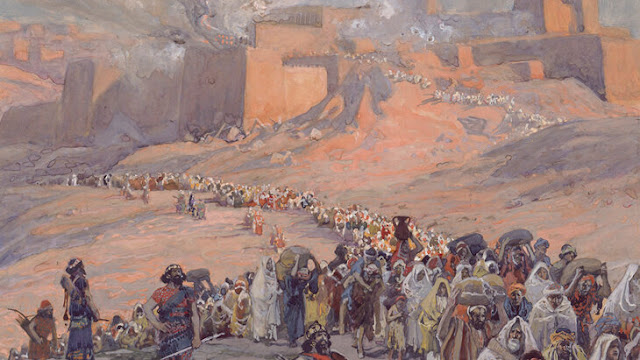Assyria continued her brutal demonstration into rebellious territory, tribes and countries refusing to submit to new taxes and authority soon bent the knee, finding themselves subdued. It wasn't long until Assyria found herself deeply meadowed within the former lands of the Hittite Empire. The once mighty empire now consisted of Hittite blooded natives intermixed with the different migrations of the previous two generations that had since moved into its ruins.
Of these new residents of Hatta, referred to in text as "soldiers of the lands of Hatta", four thousand stood tall against the pending onslaught that mighty Assyria had brought with her.
Upon the sight of the eastern superpower's forces, four thousand surrendered, without so much as a drop of bloodshed spent. King Tiglath-pileser wisely kept his aims upon the outskirts of the former Hittite lands, poaching from smaller parcels where his numbers were greatest and security most intact.
Satisfied with a campaign that overwhelmingly resulted in Assyria's favor, Tiglath-pileser collected over a hundred chariots, wagons, and other wheel-vehicles of miscellaneous type, returning home to tribute Ashur, his godly deity of the capital city's namesake.
It is here that we must raise the question of whether or not facing Assyrian incursion with resistance during this period was nothing but a fool's bargain. The Assyrian kingdom was rapidly expanding into a formidable empire and to stand in the way of its imperialism of the Near East guaranteed a prize of. . . nothing. As the four thousand strong (Kashkai) who stared down the armed forces of their conquerors would attest, their interception of the enemy only promised their doom.
The worst experience for a soldier on the battlefield is not necessarily the fear of death itself, but the realization that one's sacrifice bears his country nothing to gain.












